NASA’s huge new space observatory must survive a daunting series of deployments if it’s to work.
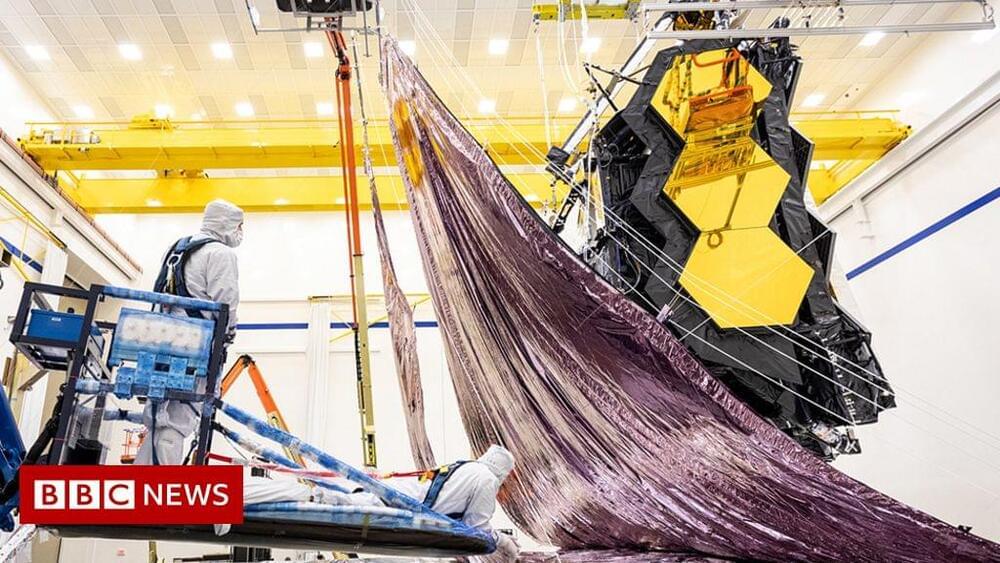

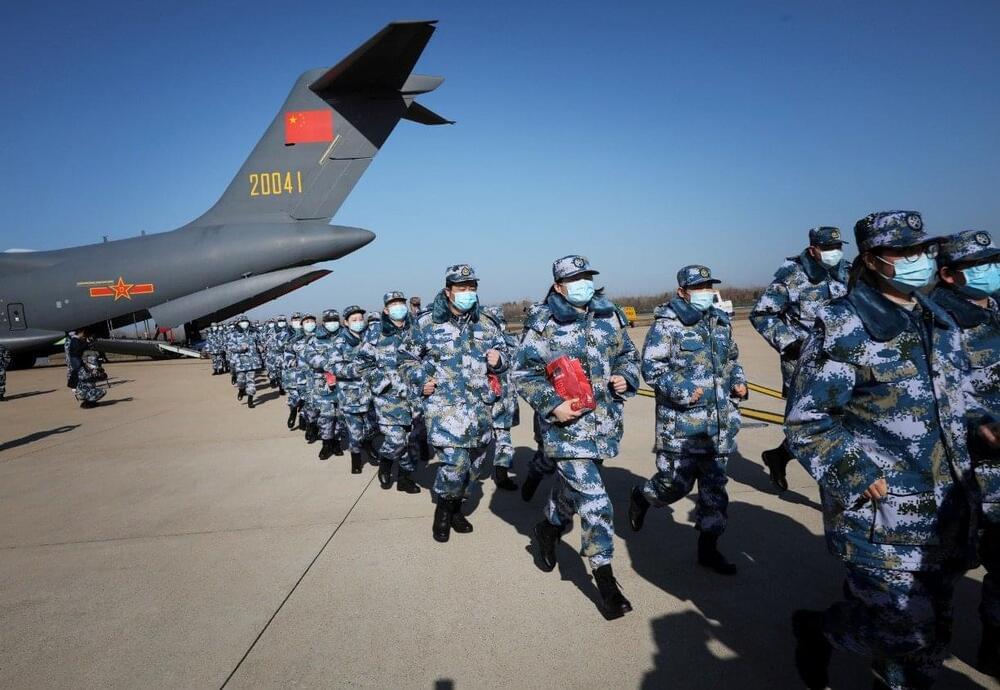

AIOps startup Moogsoft has improved its unified cloud monitoring platform for enterprises with a host of new features, including integration with its observability service Datadog.
The updates, according to a statement from the company, improve workflow automation and increase incident context, giving organizations using the platform a more holistic view of their systems as well as deeper actionable insights to diagnose and fix problems in real-time.
“Monitoring alone can’t move businesses forward if they don’t understand the context of what went wrong. Context achieved through observability helps customers make sense of data and illustrates how to prevent issues from happening again,” explained Adam Frank, Moogsoft’s vice president of product management and user experience (UX) design.
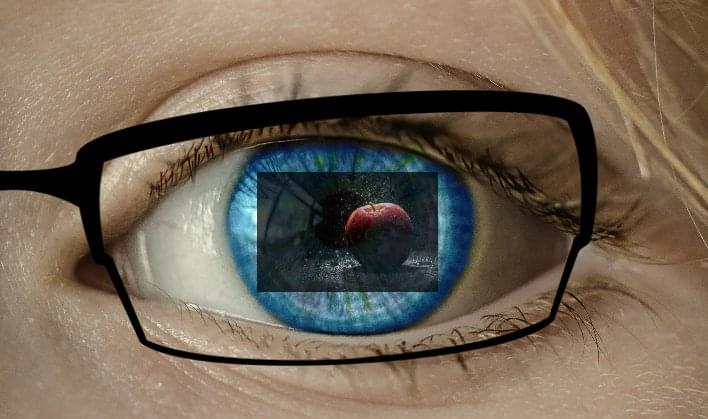
Apple is looking into how it may change how you view AR (augmented reality) altogether…literally. Instead of projecting an image onto a lens, which is viewed by someone wearing an AR headset or glasses, Apple envisions beaming the image directly onto the user’s eyeball itself.
Apple recently unveiled its upcoming lineup of new products. What it did not showcase, however, was revealed in a recent patent—Apple is shown researching how it can change how we see AR and the future of its “Apple Glass” product, if one comes to exist. The patent reveals how Apple intends to move away from the traditional way of projecting an image onto a lens, to projecting the image directly onto the retina of the wearer. This will be achieved through the use of micro projectors.
The issue that Apple is trying to avoid is the nausea and headaches some people experience while viewing AR and VR (virtual reality). The patent states the issue as “accommodation-convergence mismatch,” which causes eyestrain for some. Apple hopes that by using its “Direct Retinal Projector” it can alleviate those symptoms and make the AR and VR realm accessible for more users.

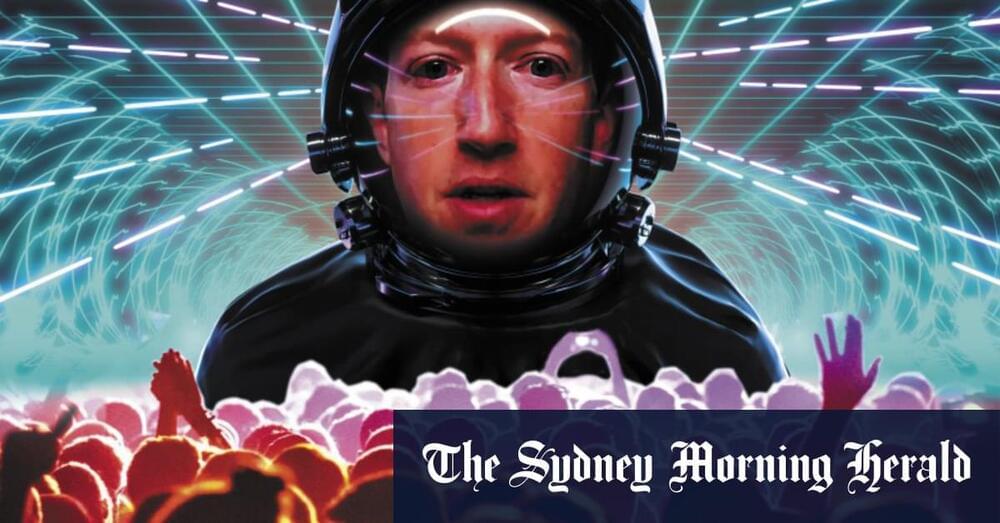
With VR data they’ve got data about 100 per cent of your experience — how you saw it, where you looked. The next generation of Facebook’s VR headset is going to have eye tracking.
This is probably the most invasive surveillance technology we’re going to bring into our homes in the next decade.
Facebook’s pivot was met with plenty of scepticism, with critics saying the timing points to a cynical rebrand designed to distance the company from Facebook’s rolling scandals. Others have argued the metaverse already exists as a graveyard strewn with ideas like Google Glass smart glasses, which have failed to catch on. But with Zuckerberg pledging to invest at least $US10 billion this year on metaverse development and proposing to hire 10,000 workers across the European Union over the next five years, there is a looming question for policymakers about how this ambition can or should be regulated.
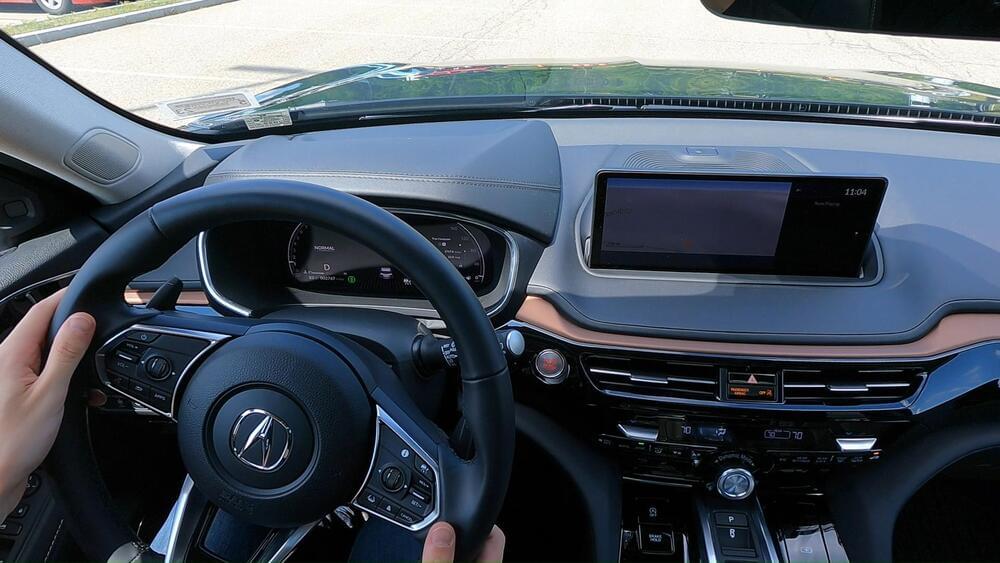
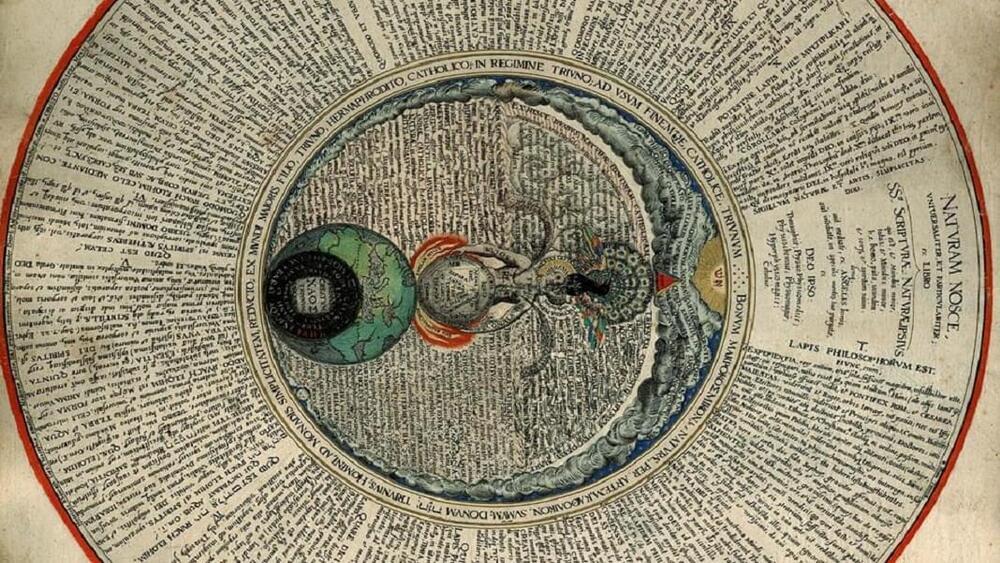
At the conference, Science History Institute postdoctoral researcher Megan Piorko presented a curious manuscript belonging to English alchemists John Dee (1527–1608) and his son Arthur Dee (1579–1651). In the pre-modern world, alchemy was a means to understand nature through ancient secret knowledge and chemical experiment.
Within Dee’s alchemical manuscript was a cipher table, followed by encrypted ciphertext under the heading “Hermeticae Philosophiae medulla”—or Marrow of the Hermetic Philosophy. The table would end up being a valuable tool in decrypting the cipher, but could only be interpreted correctly once the hidden “key” was found.
It was during post-conference drinks in a dimly lit bar that Megan decided to investigate the mysterious alchemical cipher—with the help of her colleague, University of Graz postdoctoral researcher Sarah Lang.
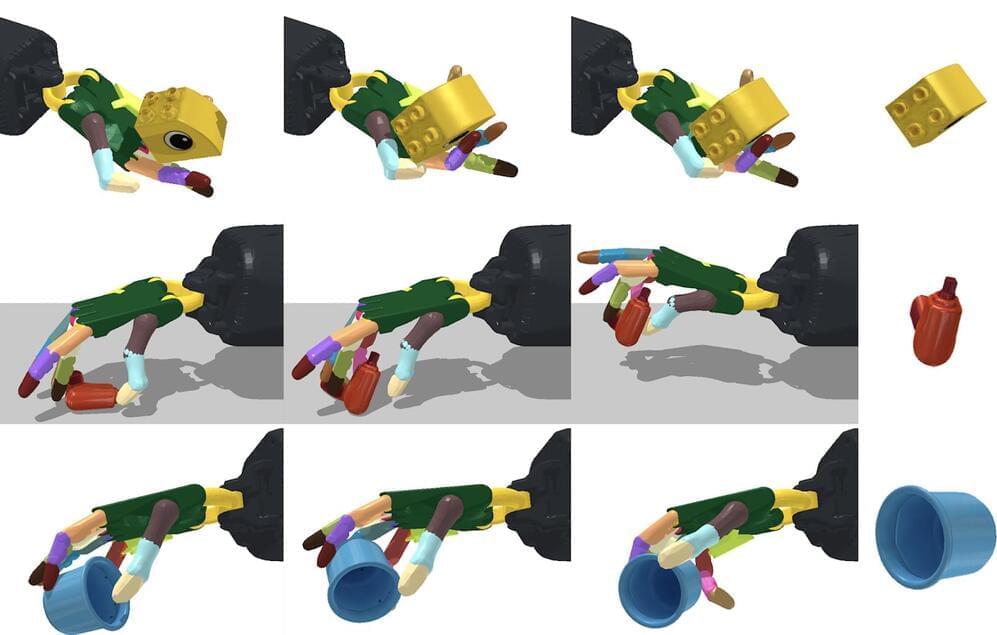
Robotic hand manipulates thousands of objects with ease: bit.ly/3bI367h
At just one year old, a baby is more dexterous than a robot. Sure, machines can do more than just pick up and put down objects, but we’re not quite there as far as replicating a natural pull towards exploratory or sophisticated dexterous manipulation goes.
OpenAI gave it a try with “Dactyl” (meaning “finger” from the Greek word daktylos), using their humanoid robot hand to solve a Rubik’s cube with software that’s a step towards more general AI, and a step away from the common single-task mentality. DeepMind created “ RGB-Stacking ‚” a vision-based system that challenges a robot to learn how to grab items and stack them.
Scientists from MIT’s Computer Science and Artificial Intelligence Laboratory (CSAIL), in the ever-present quest to get machines to replicate human abilities, created a framework that’s more scaled up: a system that can reorient over two thousand different objects, with the robotic hand facing both upwards and downwards. This ability to manipulate anything from a cup to a tuna can, and a Cheez-It box, could help the hand quickly pick-and-place objects in specific ways and locations — and even generalize to unseen objects.
